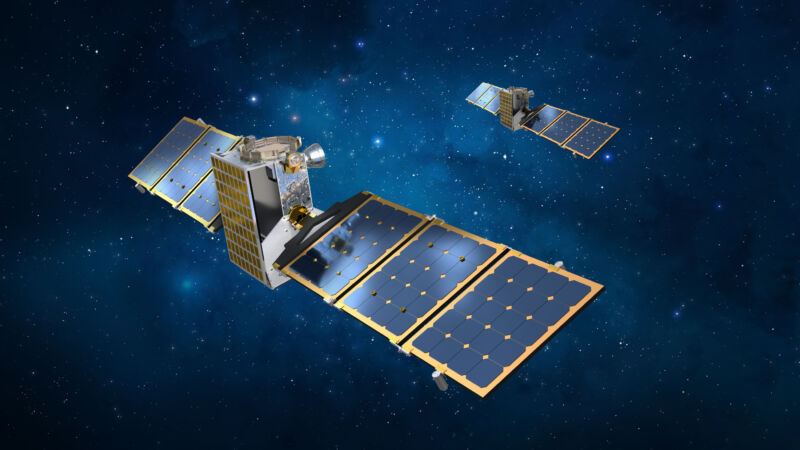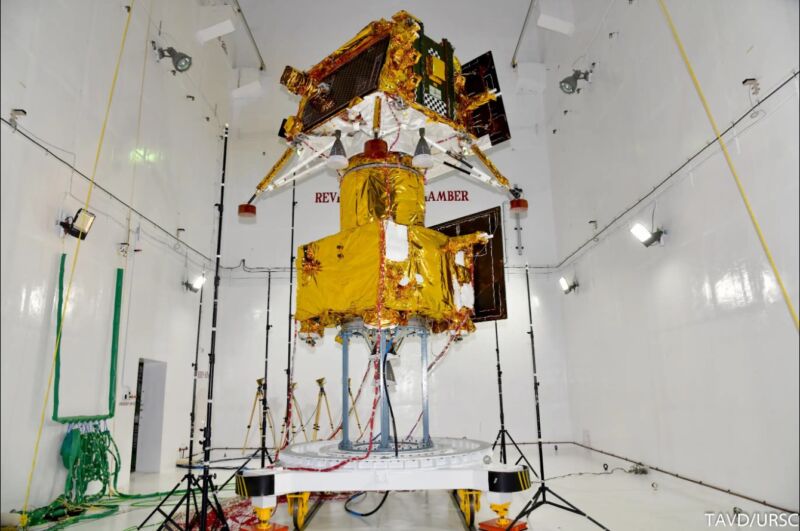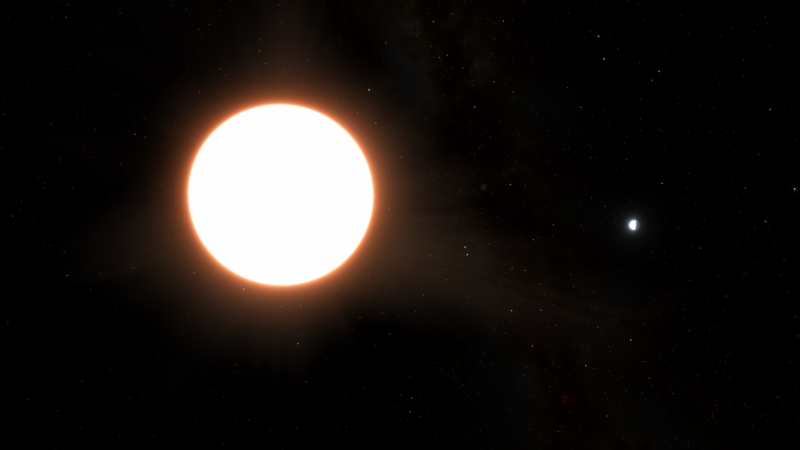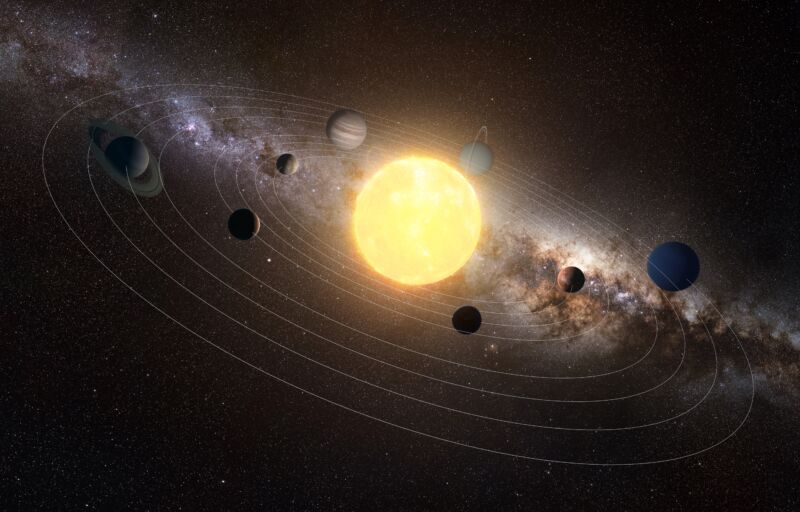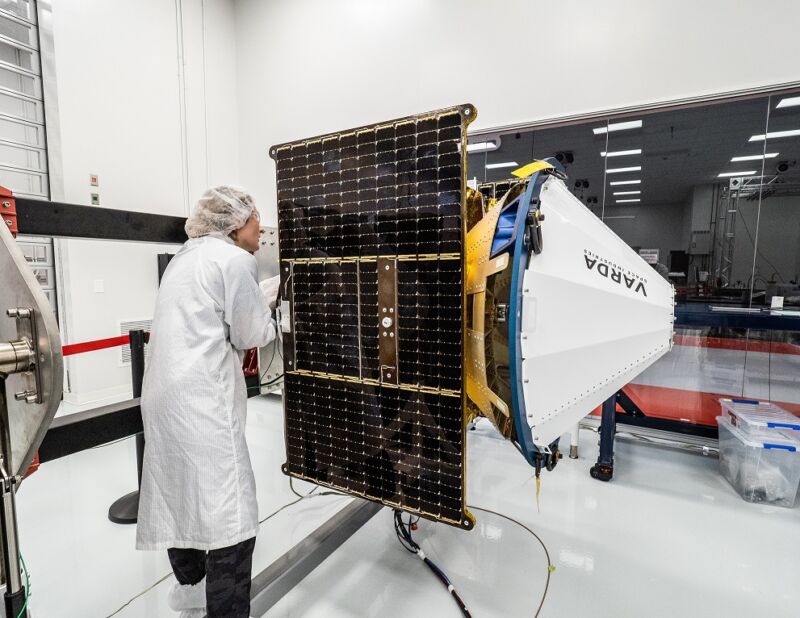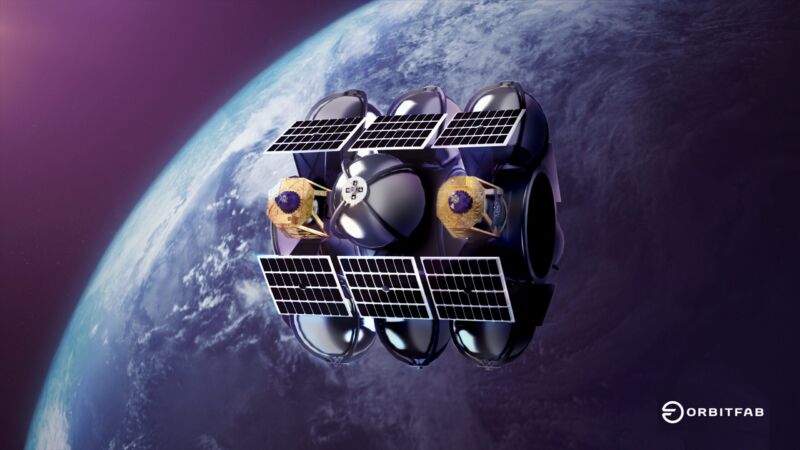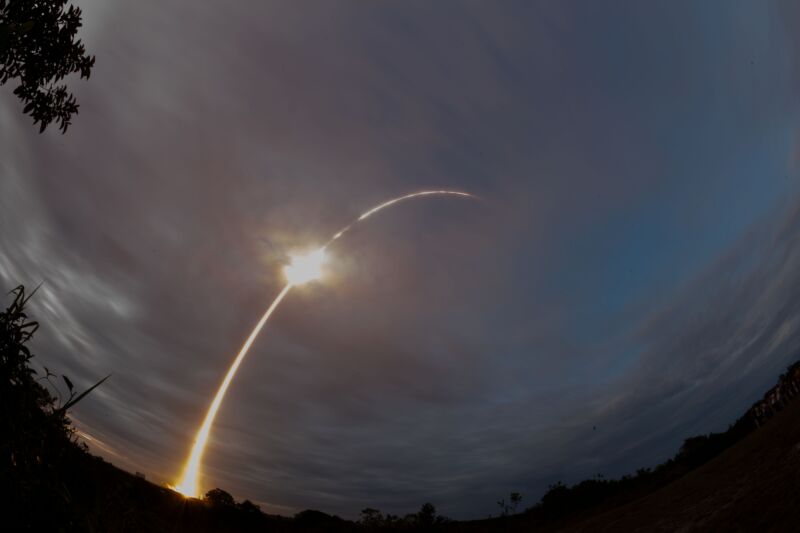-
Th
chevron_right
‘Unprecedented’: Nasa releases image of star-forming region
news.movim.eu / TheGuardian • 12 July, 2023
Image of Rho Ophiuchi cloud complex released to celebrate first year of operation of James Webb space telescope
A stunning and “unprecedented” closeup image of the nearest star-forming region to Earth was released by Nasa on Wednesday to mark the first year of operation of the James Webb space telescope .
The vivid view of “sun-like” stars in the Rho Ophiuchi cloud complex 390 light years away is the first time researchers have been able to see the area in fine detail, minus the distraction of foreground stars.
Continue reading...

